How to do influencer marketing for your marketplace platform
A guest post by Michael Quoc, founder and CEO of Dealspotr, on how influencer marketing can be done for marketplace platforms.
Published on
Last updated on

This is a guest post by Michael Quoc, founder and CEO at Dealspotr, and former Director of Product Management for Yahoo's Media Lab. For more tips on growing your business, check out the marketplace marketing & growth articles library.
Influencer marketing is a way of promoting a brand or service through a person with a large following on social media, YouTube, or a blogging platform. The use of influencers in marketing has increased dramatically in the past years. According to a survey by the Influencer Marketing Hub, nearly 4/5 of businesses surveyed said they were going to dedicate a budget to influencer marketing in 2020.
However, influencer marketing seems to come easier for certain types of companies. It’s clearly easier for business-to-consumer brands with a physical product than it is for business-to-business software providers, for instance.
But what if your company doesn’t have a physical product or even a proprietary service? What if you’re the intermediary that connects the consumer with the actual provider—an online marketplace, in other words? Companies like Airbnb, EatWith, Storefront, TaskRabbit, and more that have exploded with the gig economy. These marketplaces serve as an extremely valuable middleman, connecting end-users with providers (who are also users themselves).
The end-users and service providers on these platforms are ever-changing—the only constant is the platform itself. But platforms aren’t exactly exciting fodder for social media, so how can these marketplaces partner with influencers?
Just like other companies do: by showing their customers that their marketplace brand is trusted, beloved, and recommended by the popular influencers they know and love.
It may seem tricky, but the answer is: absolutely. Just take a look at how Airbnb did it.
When Mariah Carey rented an Airbnb in Israel, the company seized the opportunity to make the most of its first celebrity booking. They gave her the reservation for free in return for a sponsored post that racked up nearly 45,000 likes.
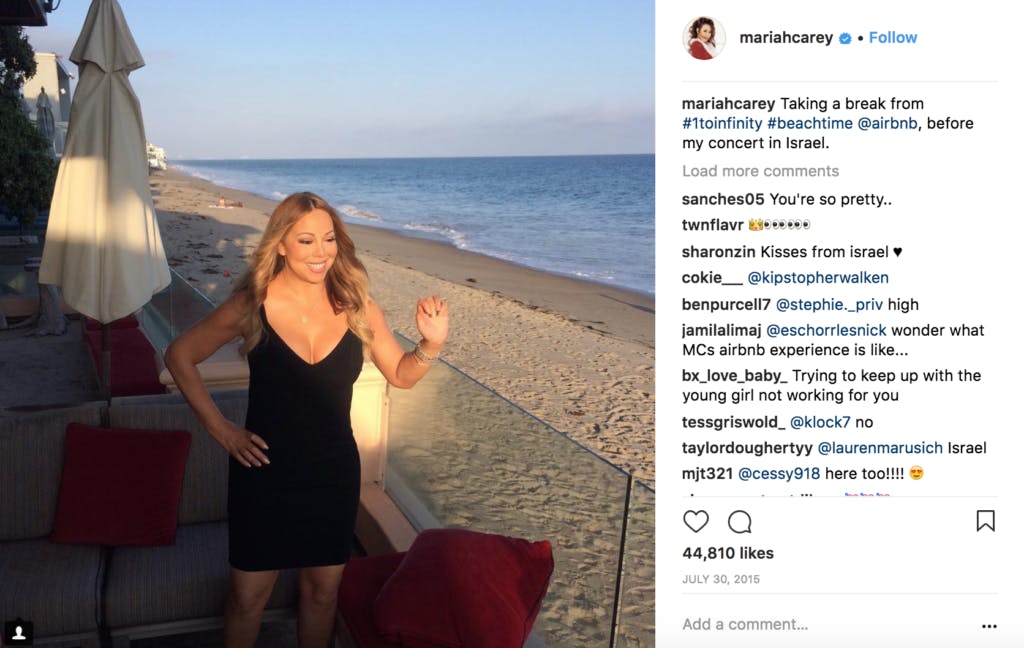
Since then, Airbnb has offered free reservations to countless celebrities in return for sponsored shoutouts. Lady Gaga’s Instagram post about her Houston stay for the Super Bowl earned over 500,000 likes and news coverage in publications like BuzzFeed and Vanity Fair.
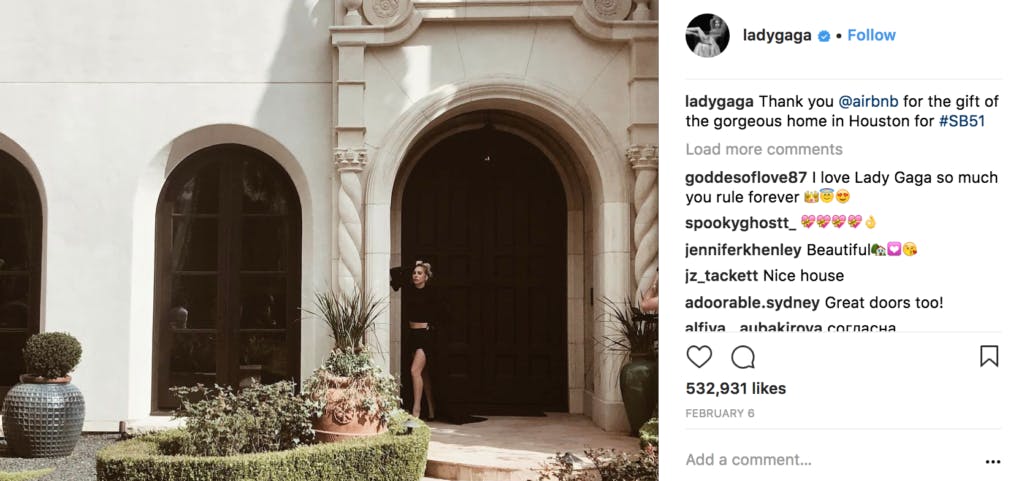
Airbnb’s approach to influencer marketing is targeted and specific. Reach is clearly their main goal, which is why they’ve used celebrities instead of micro-influencers (those with a total reach between 5,000 and 200,000) or even macro-influencers (200,000 - 1 million). And because celebrities are the ones using the service, the locales end up being the highest-end of the high-end rather than your everyday Airbnb.
Airbnb has made a calculated bet that showing these elite stays will attract people across the social class spectrum, from the uber-rich to middle-class iPhone owners. Either way, these are people who can afford Airbnb stays. And no matter your status, everyone strives to emulate the lifestyle of the rich and famous.
That bet is paying off. According to Mediakix, Airbnb partnered with 37 big-name celebrities between 2015 and 2017. During that time, those posts received over 18 million likes and 500,000 comments with a 4% engagement rate.
Feeling intimidated by the celebrity status of some of these brands’ influencer marketing campaigns? Not to worry. Here are five ways to make influencer marketing work to grow your marketplace, no matter the size.
Before you run your first influencer marketing campaign, you’ll have to make sure you’ve done some work on your end. For example, you’ll need to decide what types of influencers you’ll be working with, and in what niche.
Sure, there are marketplace platforms that appeal to people from all walks of life (think Airbnb, TaskRabbit, Rover). This universality gives them freedom in who they choose for their influencers. As long as the influencer has an engaged following and doesn’t do anything out of line with your brand values, you can probably partner up with them, regardless of their niche.
But for many, your platform fits within a specific niche. And you might not have the budget to work with the top Instagram account in that niche. The good news is, you don’t have to. Micro-influencers, with less than 200,000 total reach, actually convert better than a big name celebrity. Take these statistics from Influence.co:
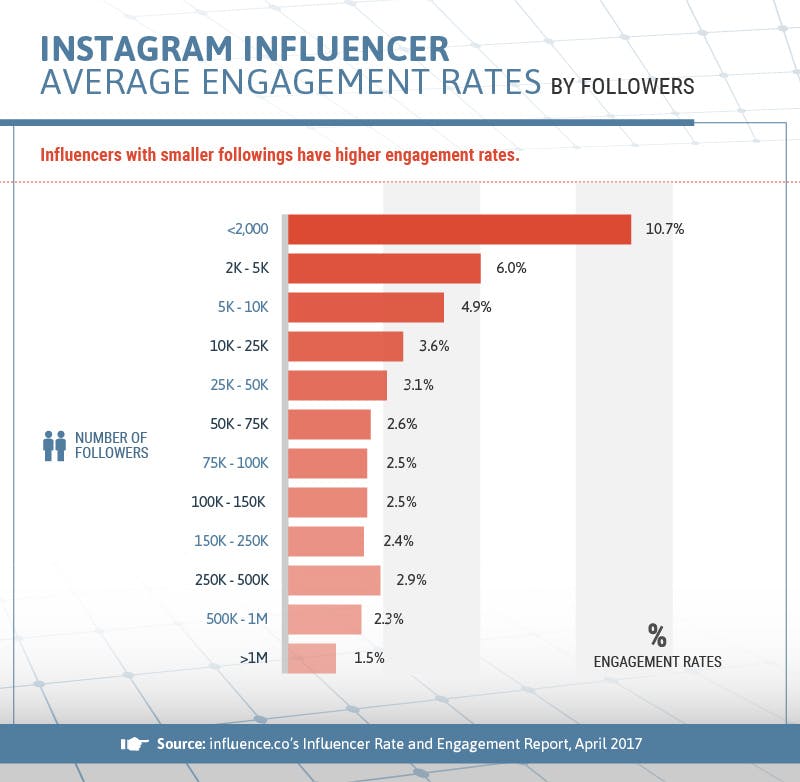
Influencers with less followers tend to have way higher engagement rates than those with huge followings. So, working with a group of micro-influencers in your niche might be the best bet when approaching your first influencer marketing campaign.
In fact, sometimes your influencer doesn’t even have to be a person, as pet-sitting marketplace Rover.com demonstrates. They work with micro- and micro-influencers alike; the only requirement is that they care about pets. Collaborations include Melissa of SkirtedFancy, an established fashion micro-influencer with 75K followers, as well as micro-influencer Hamilton Barkley, one of the #DogsOfInstagram who boasts just under 10K followers.
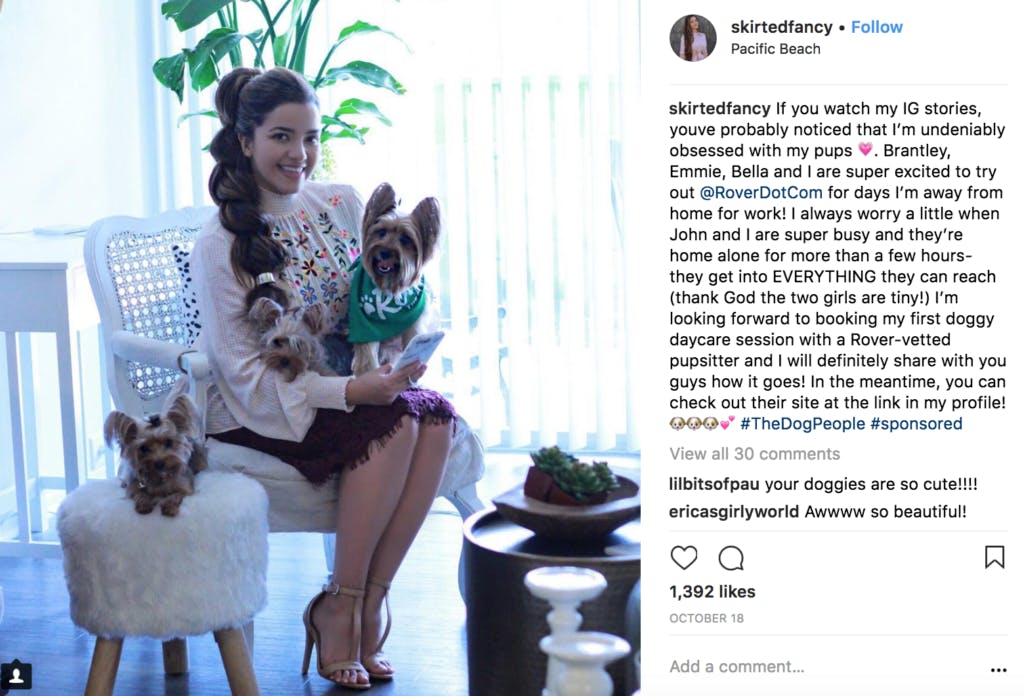
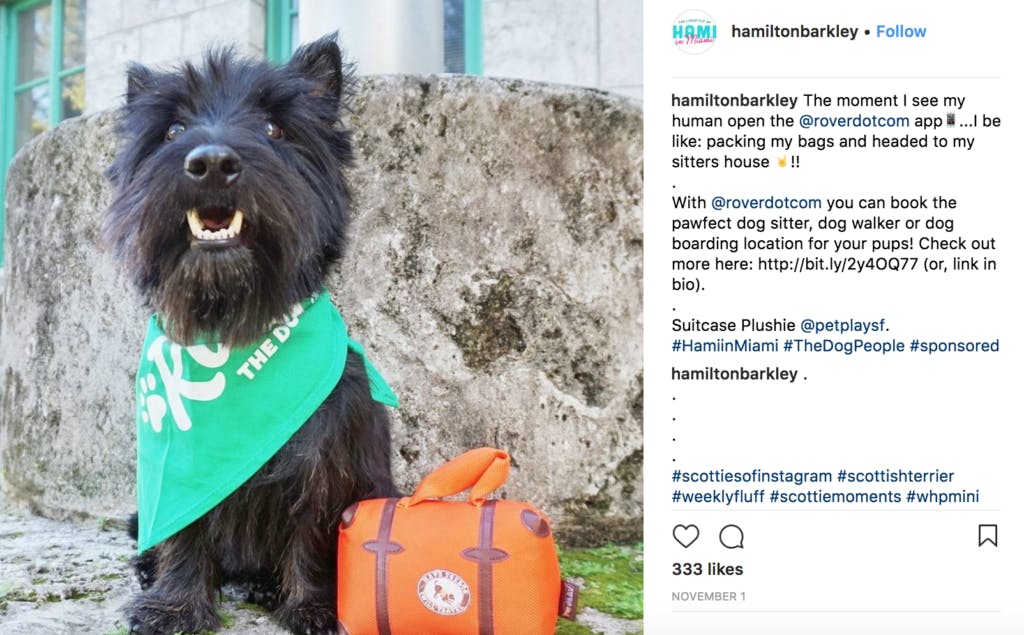
You’ll notice that both of these posts speak to Rover’s main selling points: users want the best for their dog, and they never want to have to worry about leaving them in someone else’s hands.
Need help finding these niche-centric influencers in the first place? Mine your database to find your power users—whether they’re providers or end users—and invite them to a special VIP event.
Yelp pioneered this strategy long ago with their Yelp Elite Squad. They regularly host private parties in their top metros for Yelp Elite members. This cements their loyalty to the platform and keeps them generating reviews—the bread and butter of the website. Thanks to their reviews, these “Elite” members became the movers and shakers of the food scene in their local towns.

Many marketplace platforms are ultimately about connecting people. EatWith helps you find home dinner parties to join when you’re traveling while Rover helps you find a pet-sitter you can trust.
If you have the budget to work with bigger influencers, why not make them a temporary service provider for a special contest or promotional campaign? For example, EatWith could host a giveaway to eat lunch with a prominent food blogger, while a lucky winner on Rover could have their dog cared for by a local lifestyle Instagrammer or famous dog trainer. Depending on your influencer’s niche, they just need to have an engaged audience that’s large enough to make the contest hashtag go viral.
When Chelsea Handler listed her home on Airbnb for her Netflix talk show, it was a hugely popular segment. One of the videos has over 55,000 views on YouTube to date.
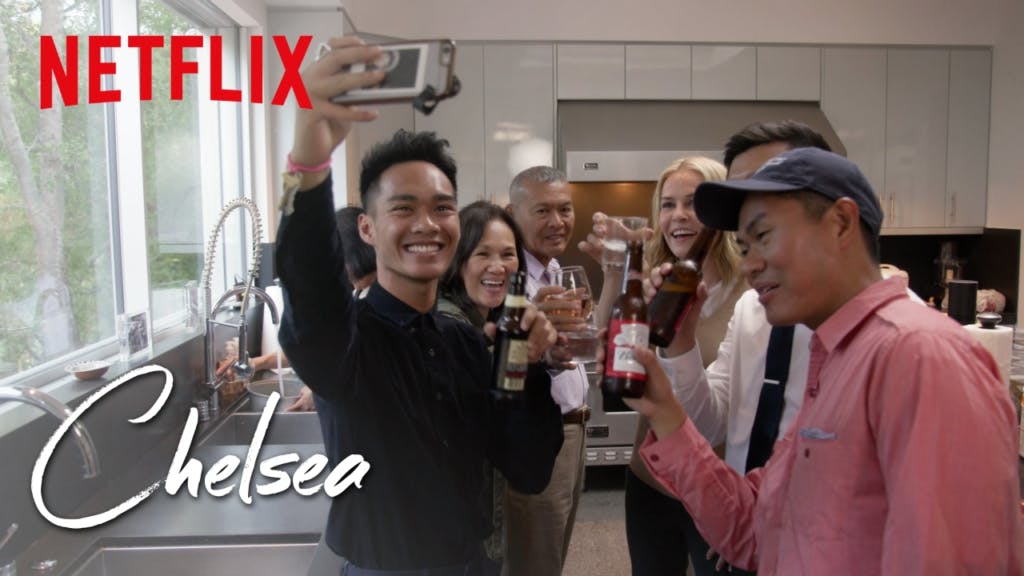
A similar approach would be to use influencers at events to draw fans and customers your way like bees to honey.
In 2014, Airbnb hosted a Instagram contest where users got a chance to win a free trip to SXSW to party with Snoop Dogg in Austin. The contest drew nearly 400 entries.
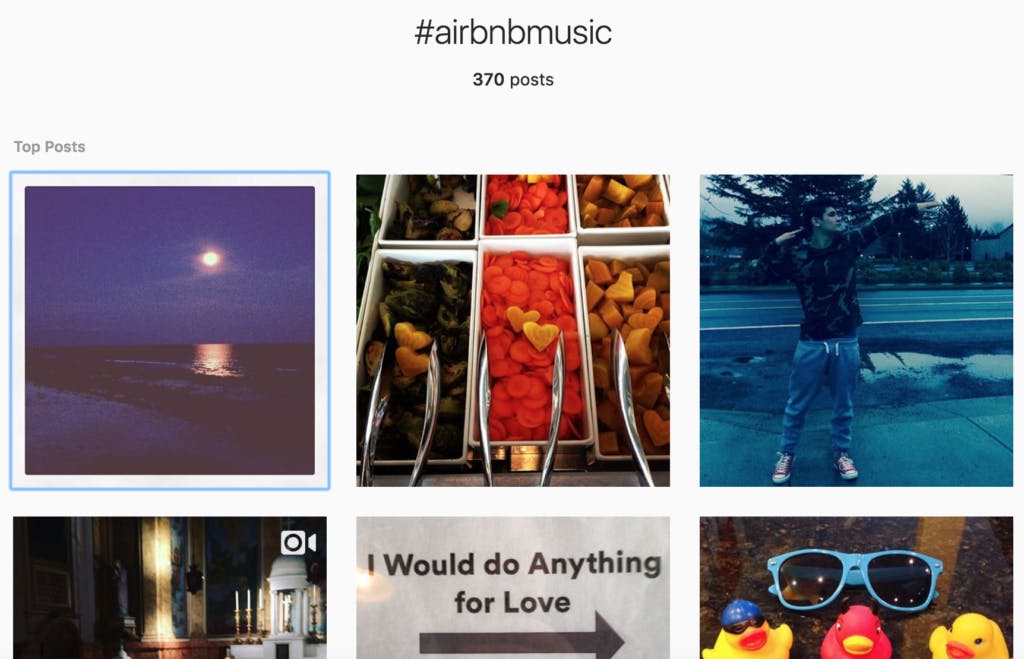
If you’re exhibiting at a tradeshow, connect with local influencers to sign autographs at your booth. If you’re sponsoring an event or festival, host interviews with VIP attendees at your booth. The key is to find ways to introduce fans to meet their favorite influencers in person, all thanks to your benevolent brand.
Companies like Blue Apron were able to stand out in a crowded space thanks to a little help from bloggers. They worked with bloggers in their niche to create a ton of sponsored content, which was shared almost virally, and gave each blogger their own unique promo code for their readers. The strategy is solid, whether you’re pushing a physical item like a meal kit or an online marketplace.
Find top bloggers and ask them to write about your business. You may choose to work with people in related industries (e.g. Airbnb could go after travel bloggers, while Rover could work with both dog and travel bloggers). Or you can work with lifestyle bloggers; their blogs tend to run the gamut of topics.
For instance, travel and mommy bloggers Travel Mamas did an in-depth post reviewing Rover.com and answering their readers’ frequently asked questions about the service.
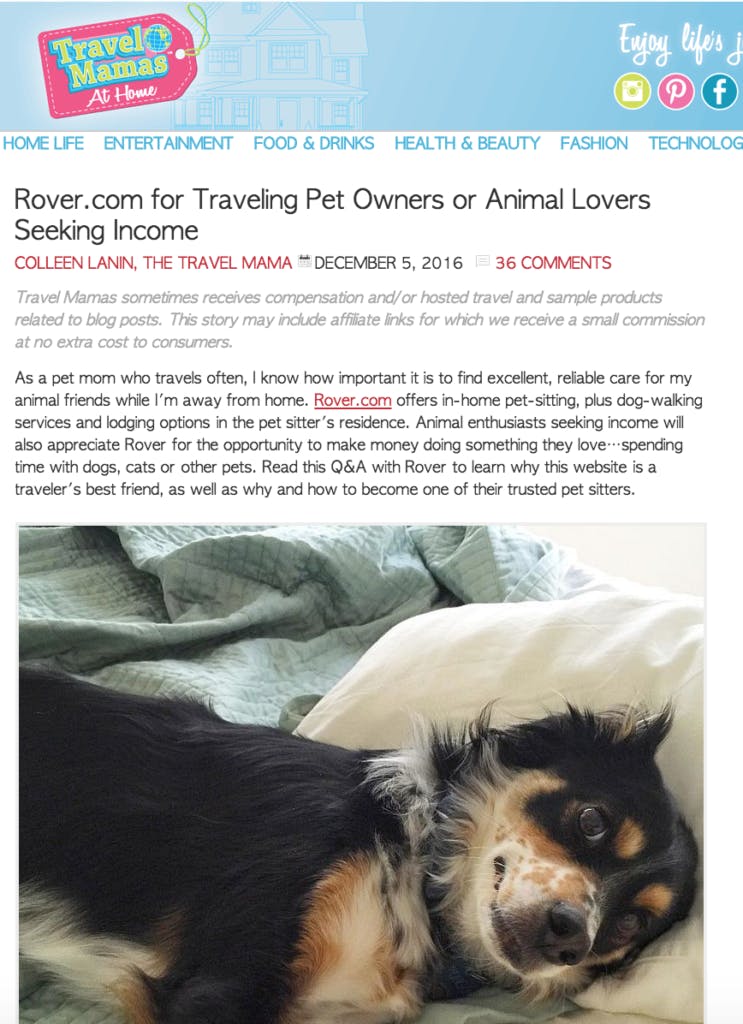
Likewise, the travel bloggers behind Gemini Connect wrote up a comprehensive review of Airbnb.
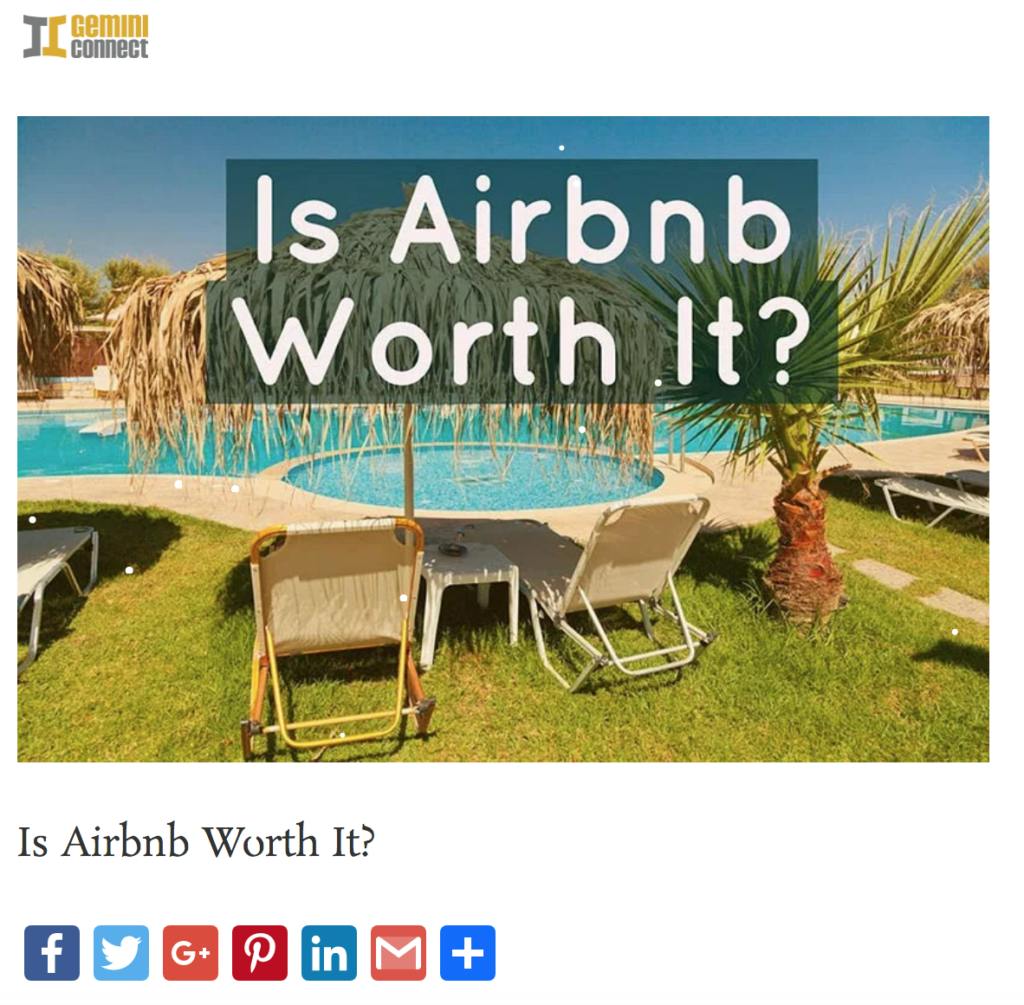
Both posts included affiliate links so people could save on their first booking from Rover or Airbnb. If you use this strategy, make sure you offer something (like a discount or free trial) that the influencer can pass on to their fans. It will drive more engagement for the post, and more conversions for you.
You should also try to keep up the relationship with your influencer as long as you can. A long-time supporter is likely to grab more fans over time, and turn them on to your product.
Ultimately, it doesn’t matter what kind of company you are. The strategy may be slightly different if you’re a marketplace, but influencer marketing drives big wins for companies of all types.
Discover the influencers among your power users. Connect with them in the real world, and introduce them to fans, a.k.a. your newest customers. Work with bloggers, Instagrammers, YouTubers, and more. Make influencer marketing work for your marketplace.
You might also like...
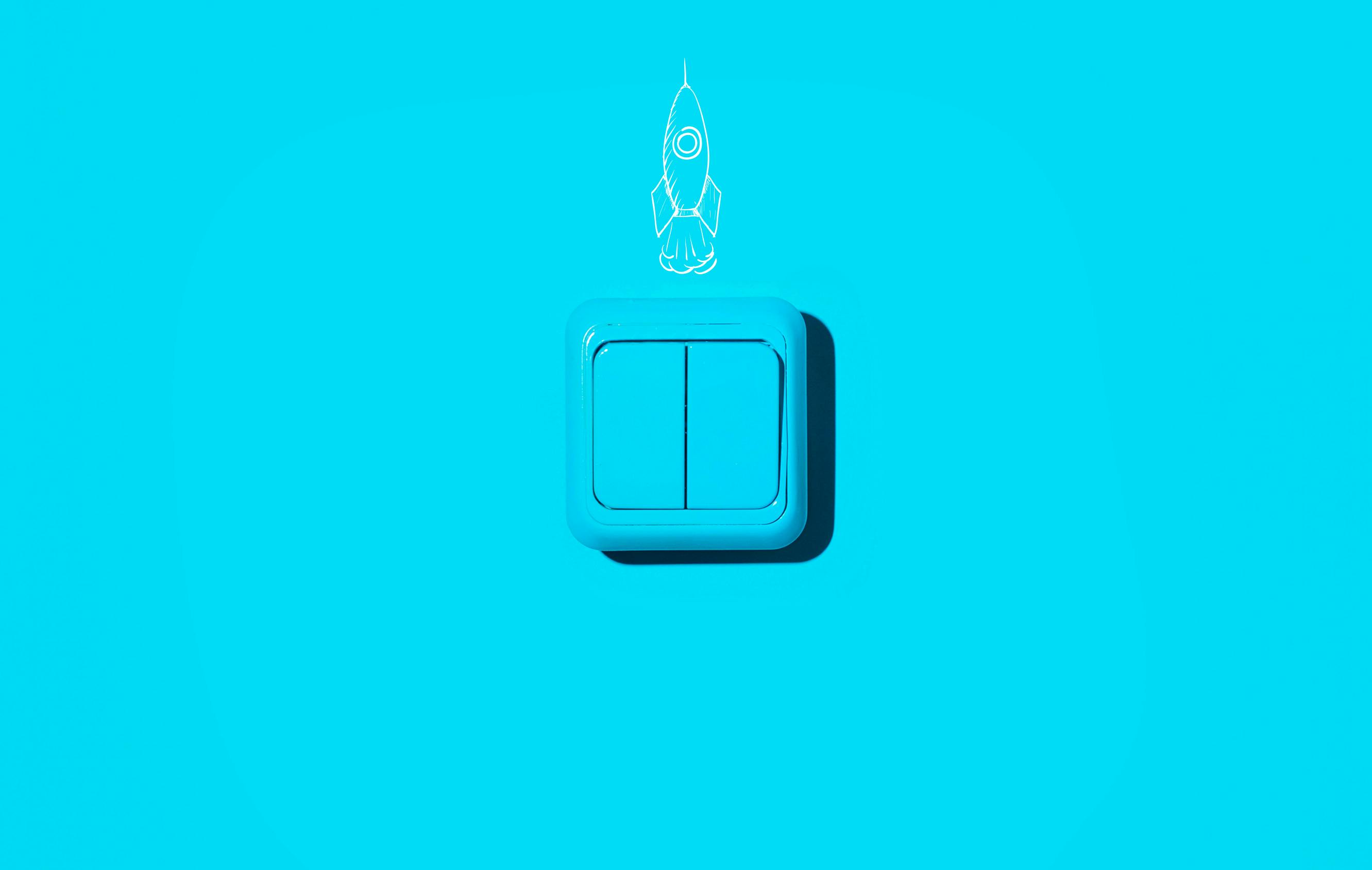
How to launch your marketplace
Strategies that bring demand to your freshly opened marketplace platform.

How to communicate your marketplace value proposition
Making sure every visitor knows how your marketplace can help them.

Marketplace metrics: 26 key metrics and how to use them
What metrics should a marketplace founder track? And how to translate what you track into action? Here’s how to identify and track the key metrics, how to separate them from vanity metrics, and how to make concrete decisions based on reliable data.
Start your 14-day free trial
Create a marketplace today!
- Launch quickly, without coding
- Extend infinitely
- Scale to any size
No credit card required
